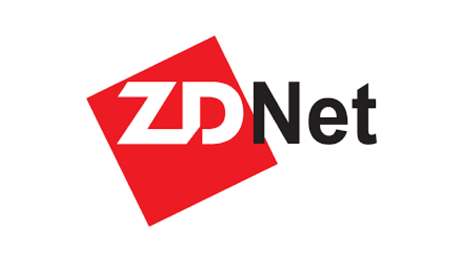Strategy & Planning
 Define the steps needed to achieve your goals.
Define the steps needed to achieve your goals.
The strategic thinking and planning process is an organization’s way of defining its direction, and ensuring that business decisions are based on a foundation of understanding.
In order to determine the direction of the organization, it is necessary to understand its current position and the possible avenues through which it can pursue a particular course of action.
The key components of strategic planning include; the organizations vision, mission, values and the individual strategies of its leadership team.
- Vision: outlines what the organization wants to be, or how it wants the world in which it operates to be (an “idealized” view of the world). It is a long-term view and concentrates on the future. It can be emotive and is a source of inspiration. For example, a non-profit organization working with to feed the hungry might have a vision statement which reads “A World without Hunger.”
- Mission: Defines the fundamental purpose of an organization or an enterprise, clearly describing why it exists and what it does to achieve its vision. For example, the non-profit above might have a mission statement as “providing food for the hungry”.
- Values: Beliefs that are shared among the stakeholders of an organization. Values drive an organization’s culture and priorities and provide a framework in which decisions are made. For example, the non-profit organization mentioned previously might state, “Knowledge and skills are the keys to success” or “give a man bread and feed him for a day, but teach him to farm and feed him for life”. These example values may set the priorities of self sufficiency over being provided for.
- Strategy: Strategy is a combination of the company’s goals as well as the manner in which they intend to reach their goals. A strategy is sometimes called a roadmap which is the path chosen to move towards the end vision. The most important reason for having a strategy is to ensure that the company is going in the right direction towards their vision.
The most effective vision and missions are those which are fully absorbed into the organizational culture and with full commitment from the company’s leadership team.
There are many approaches to strategic planning; the visionary approach is one that is used to first clarify and articulate the ideal image or the desired future state of the organization, then it focuses on understanding and documenting what the current state of the organization is, it then considers the steps that must be taken to close the gap between the current state and the future state, and finally, it documents the resources that are required to implement the strategy.
Strategic planning is a very helpful business activity particularly when the plan is developed in such a way that it can be easily translated into smaller action plans by individual departments.
We specialize in;
- Strategic Planning
- SWOT Analysis (Strengths, Weaknesses, Opportunities, Threats)
- Vision and Mission Statement Development
- Corporate Communications of Strategic Plan






